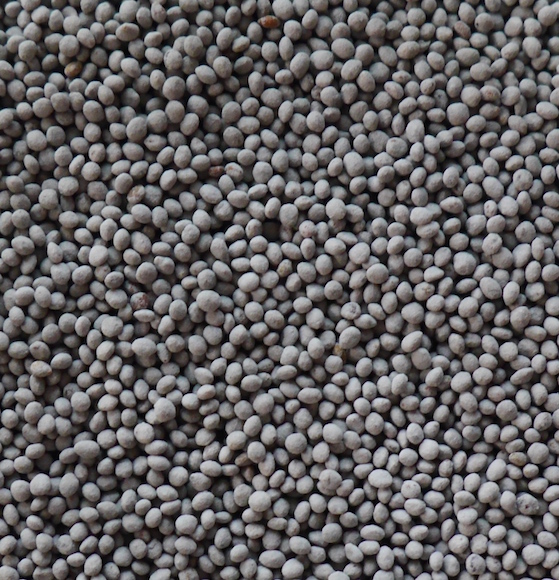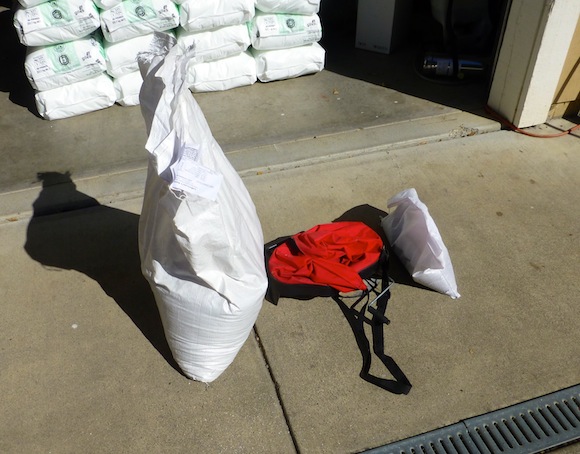Here at Turtle Vines we are trying to minimize tiling of the soil. However, it is essential that you replenish the nitrogen that is taken from the soil from the shoots and grapes each year. It is that time of year where you need cover Clover is a legume which fixes nitrogen in the soil. It provides small white “puff” flowers, which attracts bees. White clovers will tolerate most soil conditions, but thrives in moist conditions. Plant in full sun or partial shade. Sow seed in the fall in mild climates or in the spring.
“A good stand of a perennial legume like white clover often produces 100 to 200 pounds of nitrogen per acre per year,” says Don Ball, extension agronomist with Auburn University. “Annual legumes, on the other hand, usually produce about 50 to 150 pounds of nitrogen per acre.”
The 2- to 3-pound per acre seeding rate of white clover appears low for a simple reason — seeds are tiny! On average there are more than 750,000 white clover seeds per pound.
White Clover (pH 6.2-7.5). There are many cultivars of white clover grouped by size. The shortest cultivar is Wild West. Intermediate height cultivars includes Dutch White, New Zealand White, and Louisiana S-1. These cultivars are more heat tolerant and flower earlier than the tallest white clover cultivars such as Ladino and Alsike Clover. White clovers are very vigorous! They require moisture for establishment and to maintain good growth, prefer cooler growing temperatures, and germinate best at soil temperatures of 40-50o F. White clovers are the best choices for areas that receive heavy foot traffic. White clover stores 45% of the nitrogen it gives back to the soil in its roots. This is more than any other legume and is important to consider in managing white clover for nitrogen addition. Mowing the top growth of white clover will not give you a fast boost of nitrogen, but white clover is a great recycler of nitrogen.

